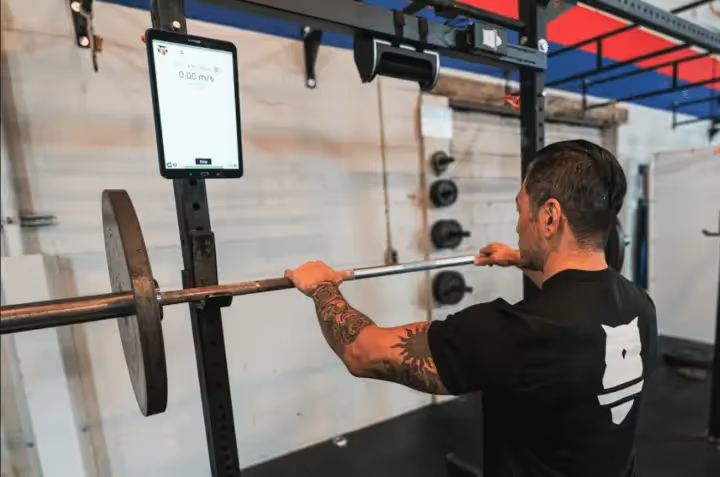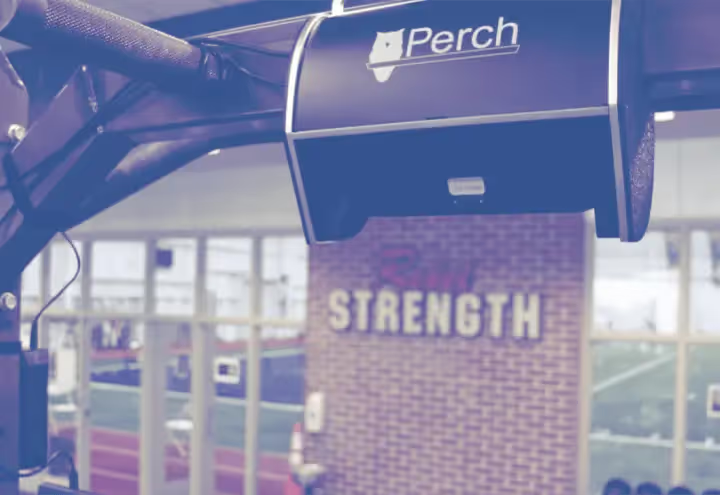Velocity Drop and VBT

For as long as resistance training has been around, intuition has said that athletes need to lift until failure to see strength improvements. But what if that didn’t have to be the case? Enter: Velocity Drop Programming.
Research shows that velocity loss, or velocity drop, programming can result in equal or greater strength gains than performing a set to failure [4, 1, 2]. This holds true despite the decrease in reps and reported fatigue.
In this post we’ll explain what velocity loss programming is, the science behind it, and how devices like Perch can be used to implement.
WHAT IS VELOCITY DROP PROGRAMMING?
Velocity drop programming is simple. Programming a set based on a velocity loss threshold instead of a specific number of reps (or reps until failure). The athlete will record the mean velocity of their first rep, which is generally the fastest, and then perform reps until the velocity drops a specific percentage [1, 3].
If Perch shows an athlete’s mean velocity on rep 1 was 1 m/s, and a 20% velocity drop is prescribed, the athlete will perform maximal effort reps until the mean velocity drops below 0.8 m/s.

FATIGUE & THE SCIENCE BEHIND VELOCITY DROP PROGRAMMING
Velocity drop is an objective, non-invasive measure of fatigue levels. This makes it a great way to monitor an athlete throughout a session and account for daily fluctuations [3]. A study completed in 2011 found a nearly perfect correlation between mean propulsive velocity loss and increase in lactate levels, a known chemical measure of fatigue [3]. This correlation was present for both bench press and squat [3].
The difference in these two fatigue indicators is huge: Measuring lactate levels requires analyzing a small amount of blood drawn from a fingertip in a lactate analyzer before and after a set [3]. Measuring velocity loss simply requires looking at the data displayed instantly on Perch’s tablet.
As an athlete fatigues, their muscle fibers’ ability to generate force declines [3]. This leads to unintentional decreases in all of force, velocity, and power. If fatigue reaches a certain point, measured metabolically through lactate and ammonia levels, recovery time can become unnecessarily long [3, 1]. With velocity drop programming, fatigue levels and recovery time can be reduced. This is done through programming sets with low or moderate velocity loss. This will not reduce strength gains. Therefore, continuing to safely and efficiently progress an athlete without negatively impacting performance.
THRESHOLDS & THE SCIENCE BEHIND VELOCITY DROP PROGRAMMING
The proper velocity loss threshold for each exercise is still being determined, but two things that seem certain are that it depends on the desired training outcome and the exercise [4, 1, 3].
Larger velocity loss thresholds (about 30%-40%) will be closer to performing a set to failure and will result in greater muscle hypertrophy. This also may result in reduced velocity [4, 2]. Smaller velocity loss thresholds (about 10%-25%) results in greater strength and power, and less perceived fatigue [4, 1]. Velocity loss thresholds around 10% are most beneficial when competitions are close. This is when developing muscular power is the goal, or in sports that require greater kinematic outputs, such as throwing events [4].
These thresholds can also change based on the exercise. For example, a bench press has a lower minimum velocity than a squat, so the velocity loss threshold should be set to a greater percentage for a bench press [4].

RESEARCH & THE SCIENCE BEHIND VELOCITY DROP PROGRAMMING
A 2016 study found that a 20% velocity loss threshold training program resulted in similar squat strength gains and greater countermovement jump height improvements as an identical program that was performed with a 40% velocity loss threshold [1]. Overall, the 20% velocity loss threshold group performed nearly 40% less repetitions and 36% less “work” than the 40% velocity loss group, but saw similar or better results [1]. Basically, the group that did less improved more.
The research was further supported by a 2017 study. Researchers found that professional soccer players that trained with a 15% velocity loss program saw similar improvement in squat strength and endurance performance, along with greater improvements in countermovement jump height, than a group of players that trained with a 30% velocity loss program [2].
The two studies suggest that at worst, velocity loss programming with lower velocity loss thresholds results in similar strength gains with less work. At best, improvements are greater despite significantly less repetitions and fatigue.
IMPLEMENTING VELOCITY LOSS PROGRAMMING WITH PERCH
Perch is a great tool for implementing velocity loss programming! With a few simple steps and a Perch unit, it can be added to any program:
- Using the information above, pick a velocity loss threshold
- You can set velocity thresholds in the tablet app settings for each lift
- If you choose to display these and use different colors for fast vs slow reps, you will get visual feedback rep after rep
- Perform one rep and look at the average velocity instantly output on the Perch tablet
- Perform reps until the velocity falls below the threshold
Have questions? Feel free to reach out!
Read more about Perch here! And check out Product Videos here. And our support website here.
Back to basics? Review the origins of VBT and Strength Training!
SOURCES
- Pareja-Blanco F, Rodríguez-Rosell D, Sánchez-Medina L, et al. Effects of velocity loss during resistance training on athletic performance, strength gains and muscle adaptations. Scandinavian Journal of Medicine & Science in Sports. 2016;27(7):724-735. doi:10.1111/sms.12678
- Pareja-Blanco F, Sánchez-Medina L, Suárez-Arrones L, González-Badillo JJ. Effects of Velocity Loss During Resistance Training on Performance in Professional Soccer Players. International Journal of Sports Physiology and Performance. 2017;12(4):512-519. doi:10.1123/ijspp.2016-0170
- SÁNCHEZ-MEDINA LUIS, GONZÁLEZ-BADILLO JUANJOSÉ. Velocity Loss as an Indicator of Neuromuscular Fatigue during Resistance Training. Medicine & Science in Sports & Exercise. 2011;43(9):1725-1734. doi:10.1249/mss.0b013e318213f880
- Weakley J, McLaren S, Ramirez-Lopez C, et al. Application of velocity loss thresholds during free-weight resistance training: Responses and reproducibility of perceptual, metabolic, and neuromuscular outcomes. Journal of Sports Sciences. 2019;38(5):477-485. doi:10.1080/02640414.2019.1706831

Start Gathering Data With Perch Today!
Reach out to us to speak with a representative and get started using Perch in your facility.


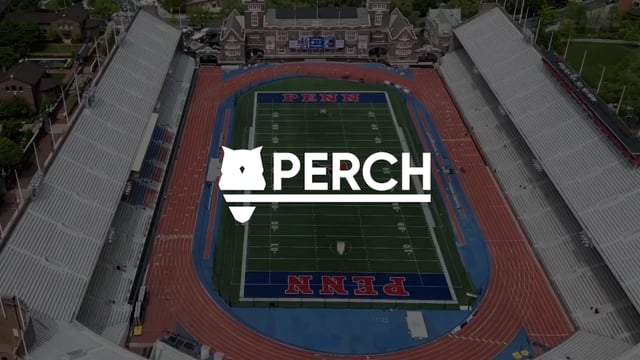






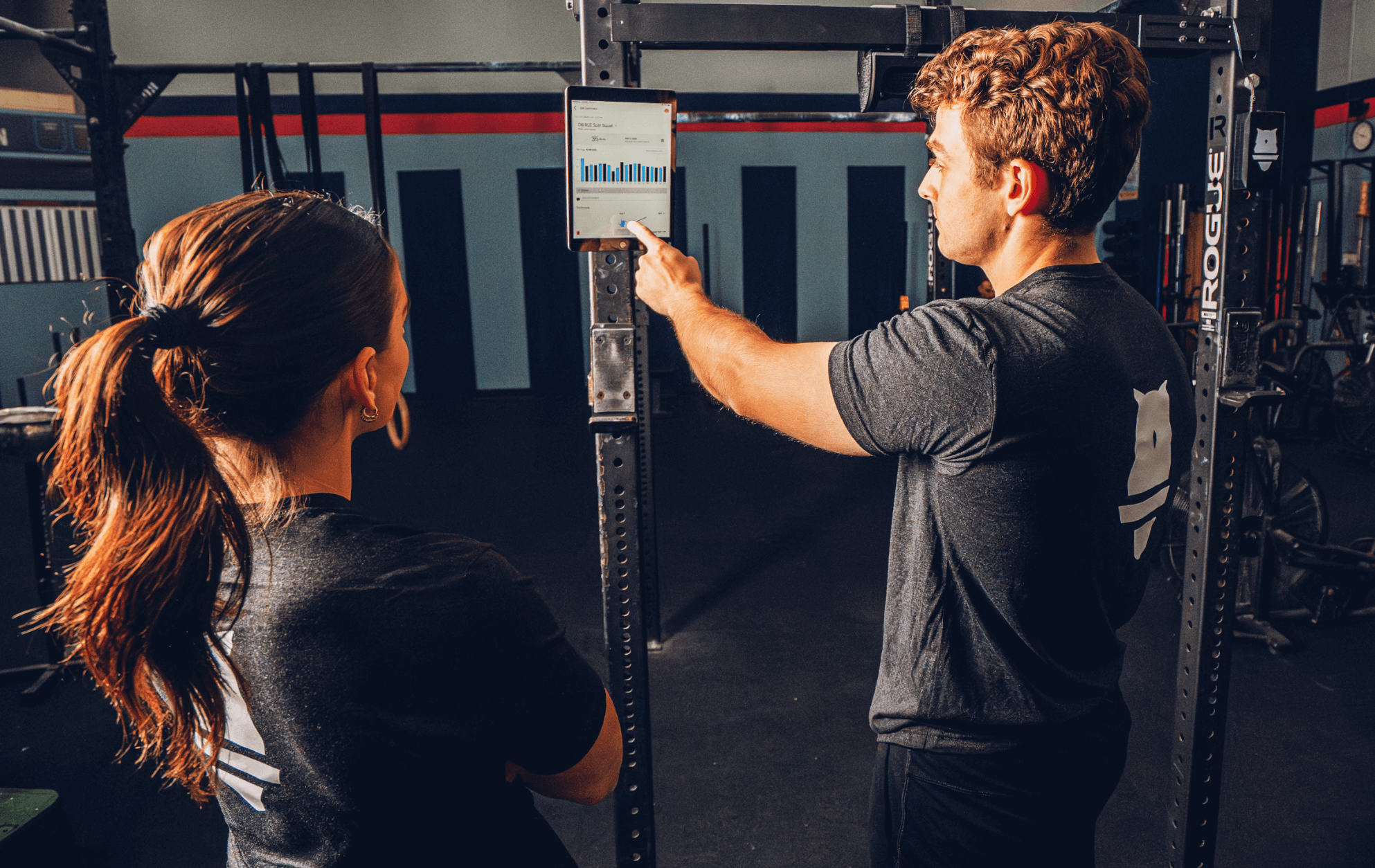
































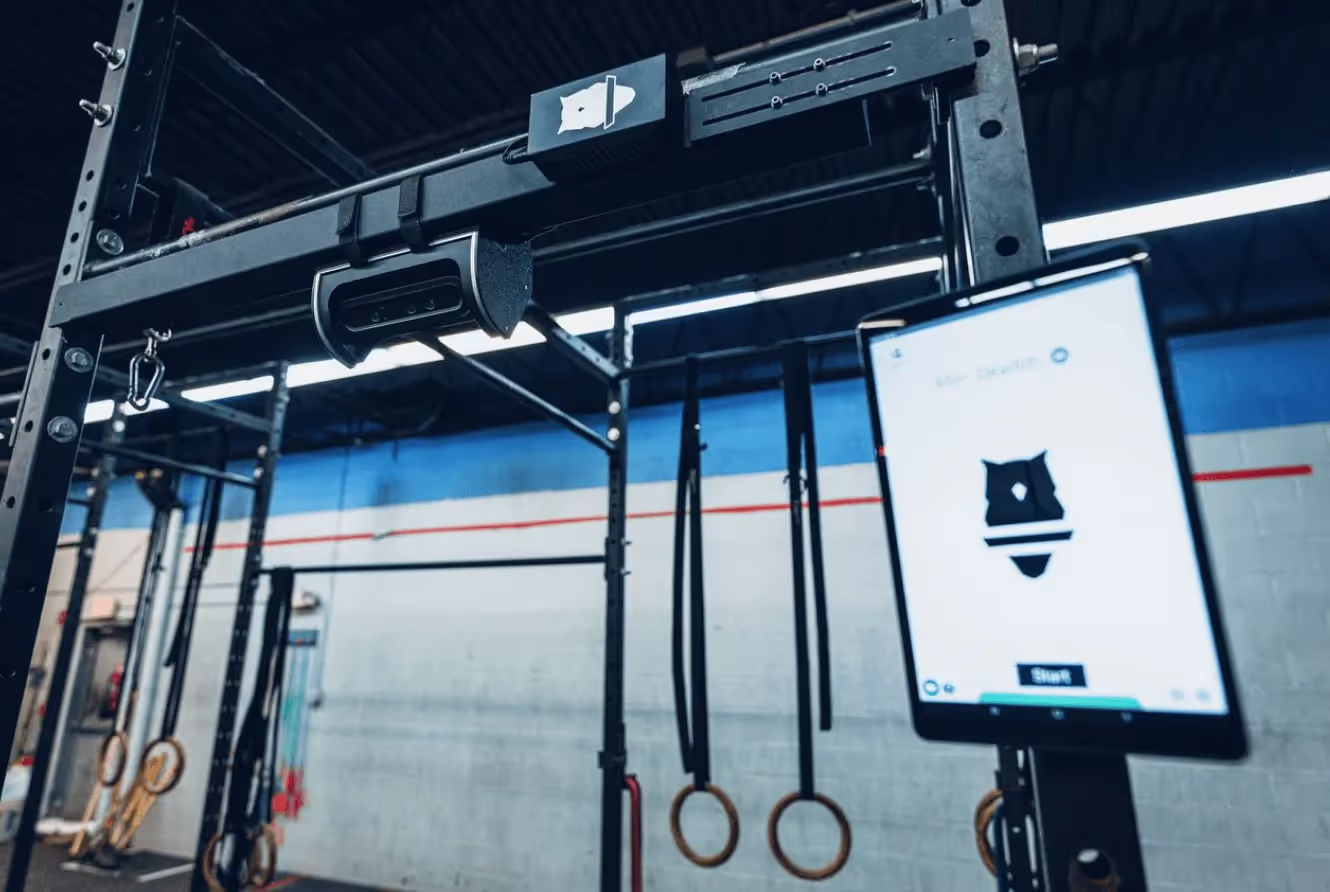
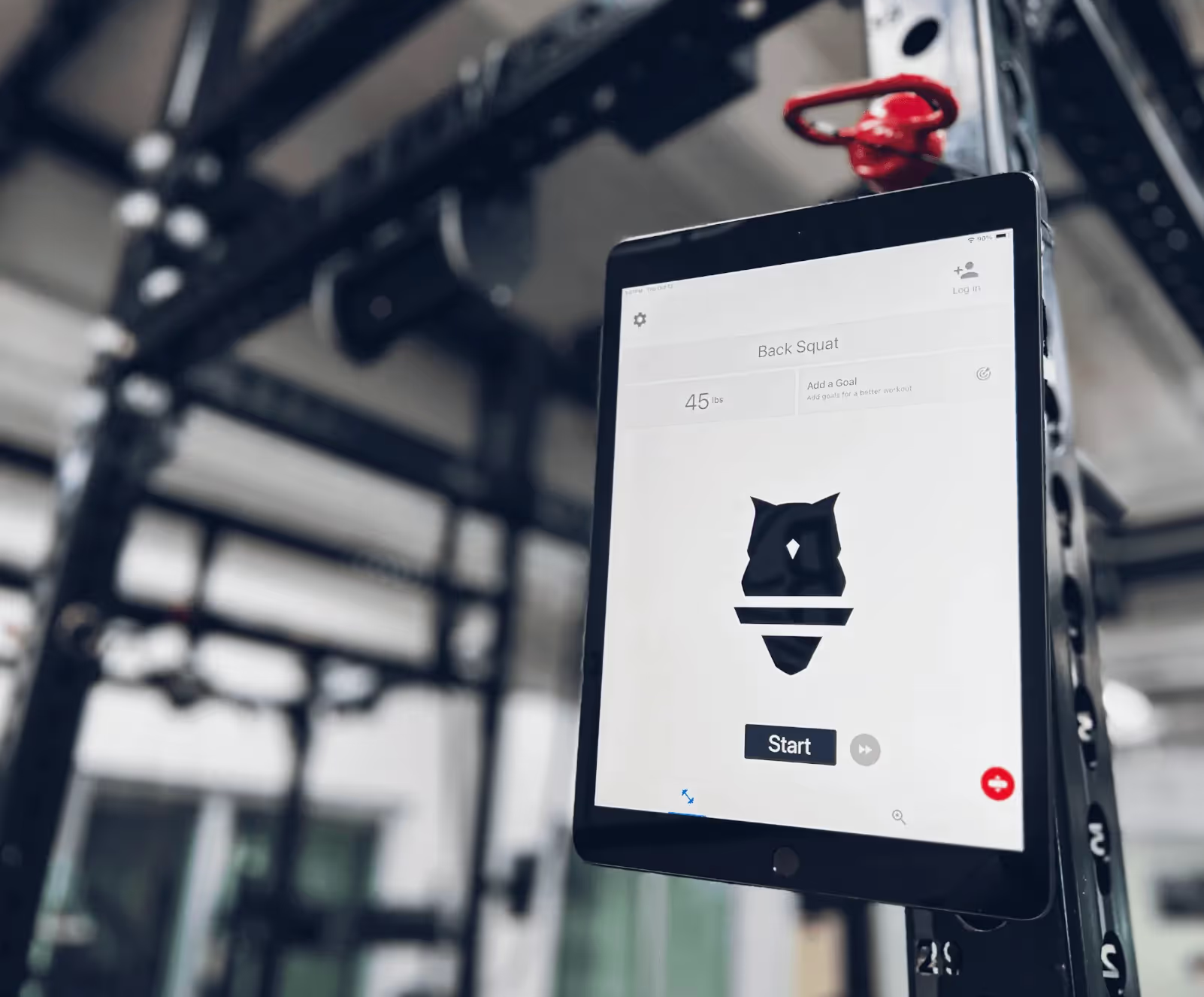



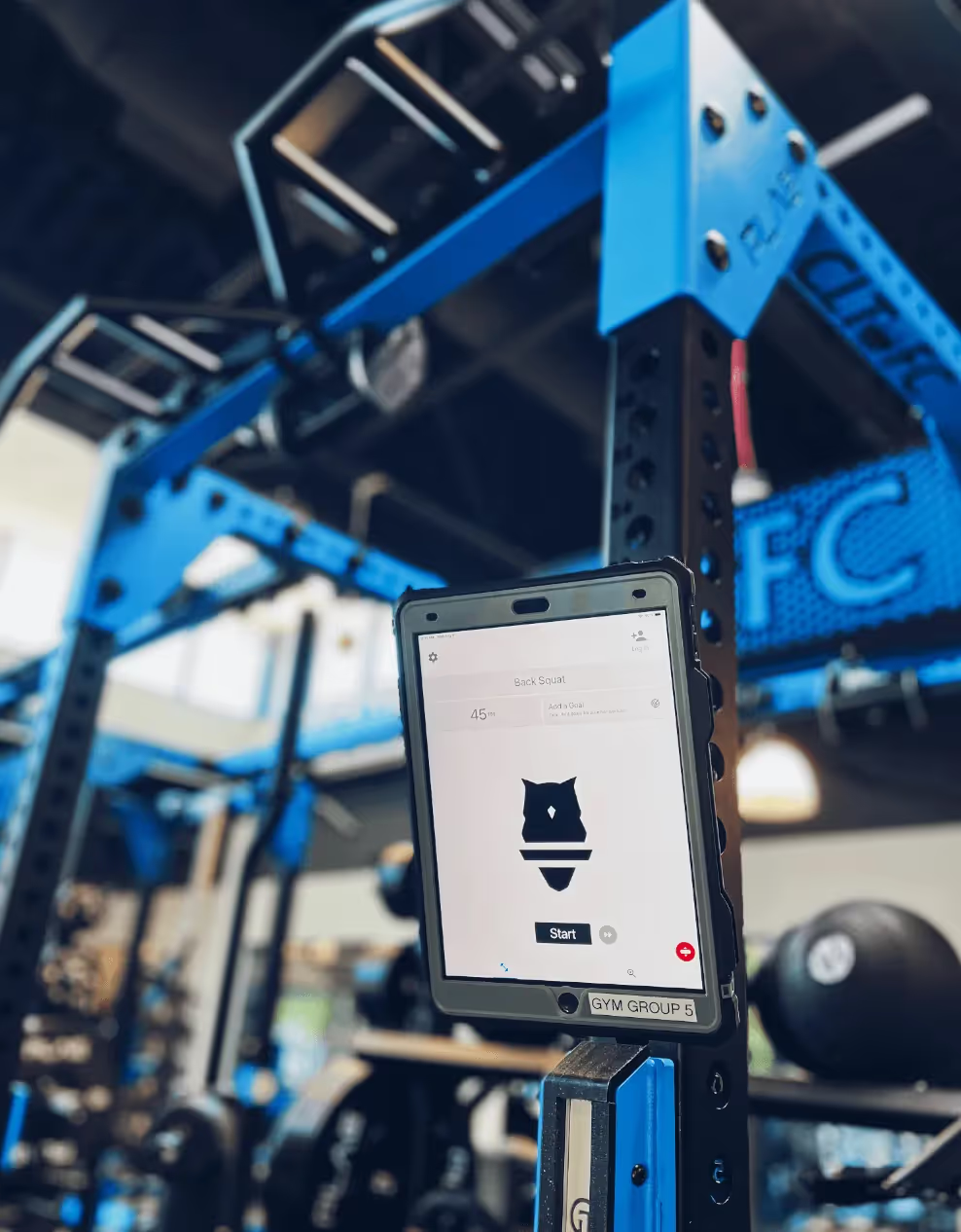
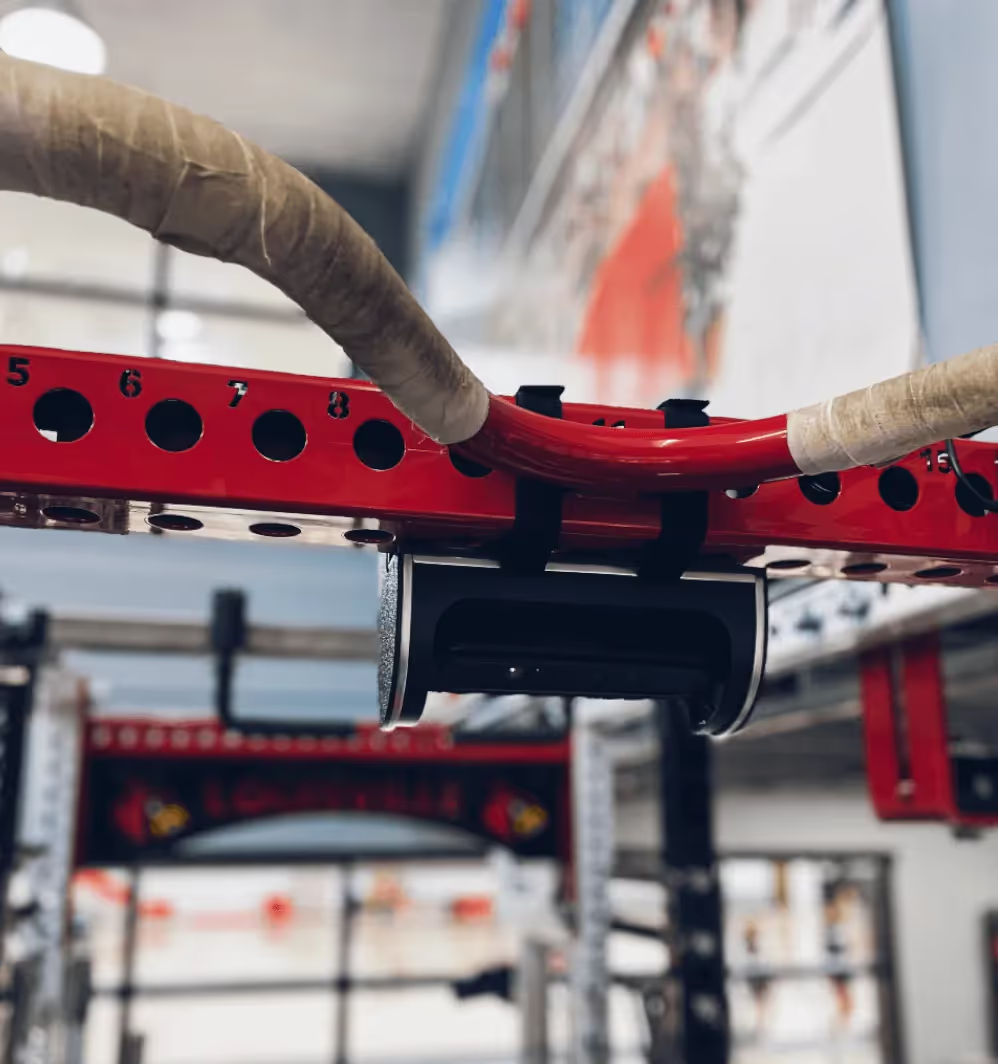












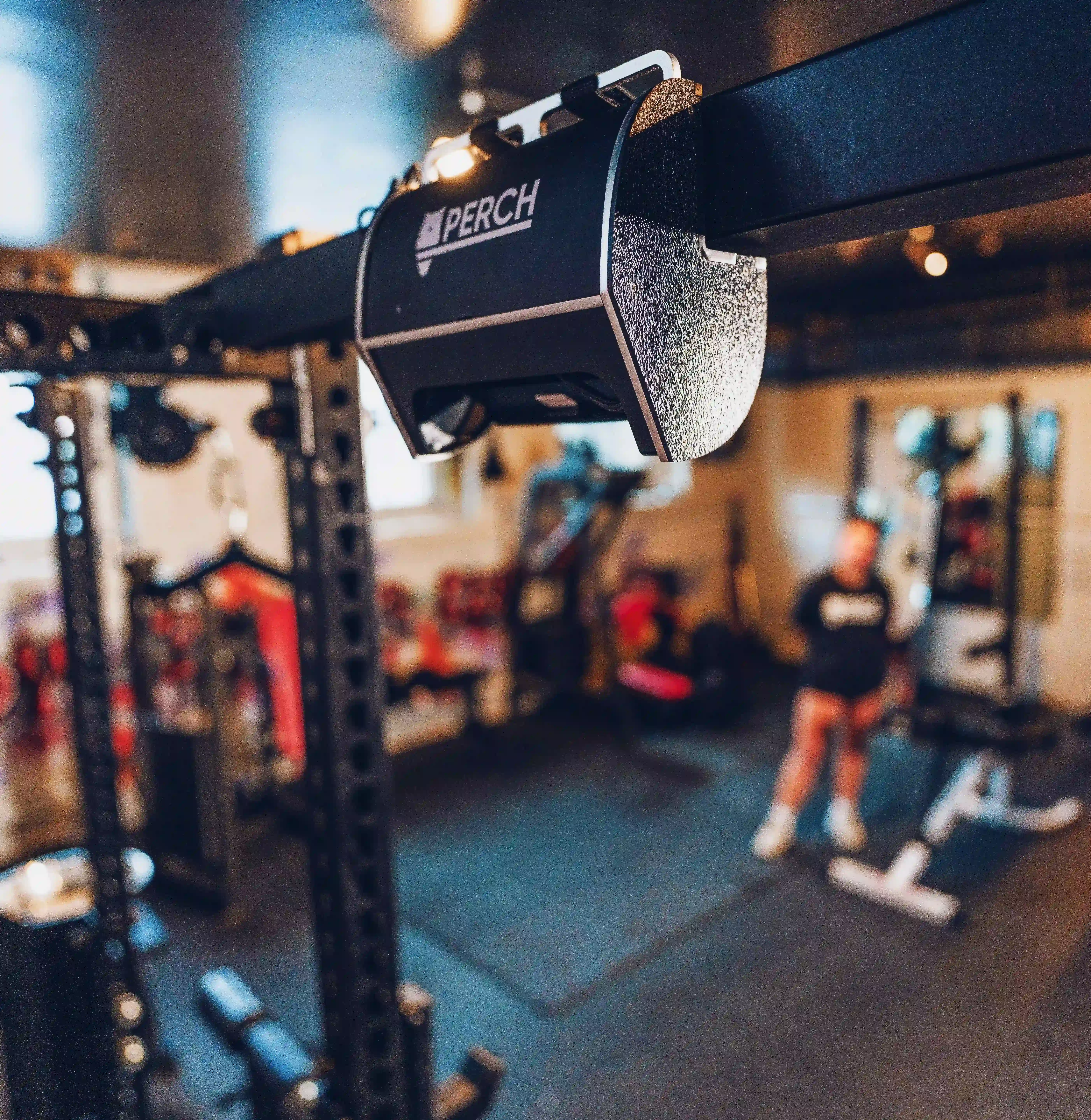


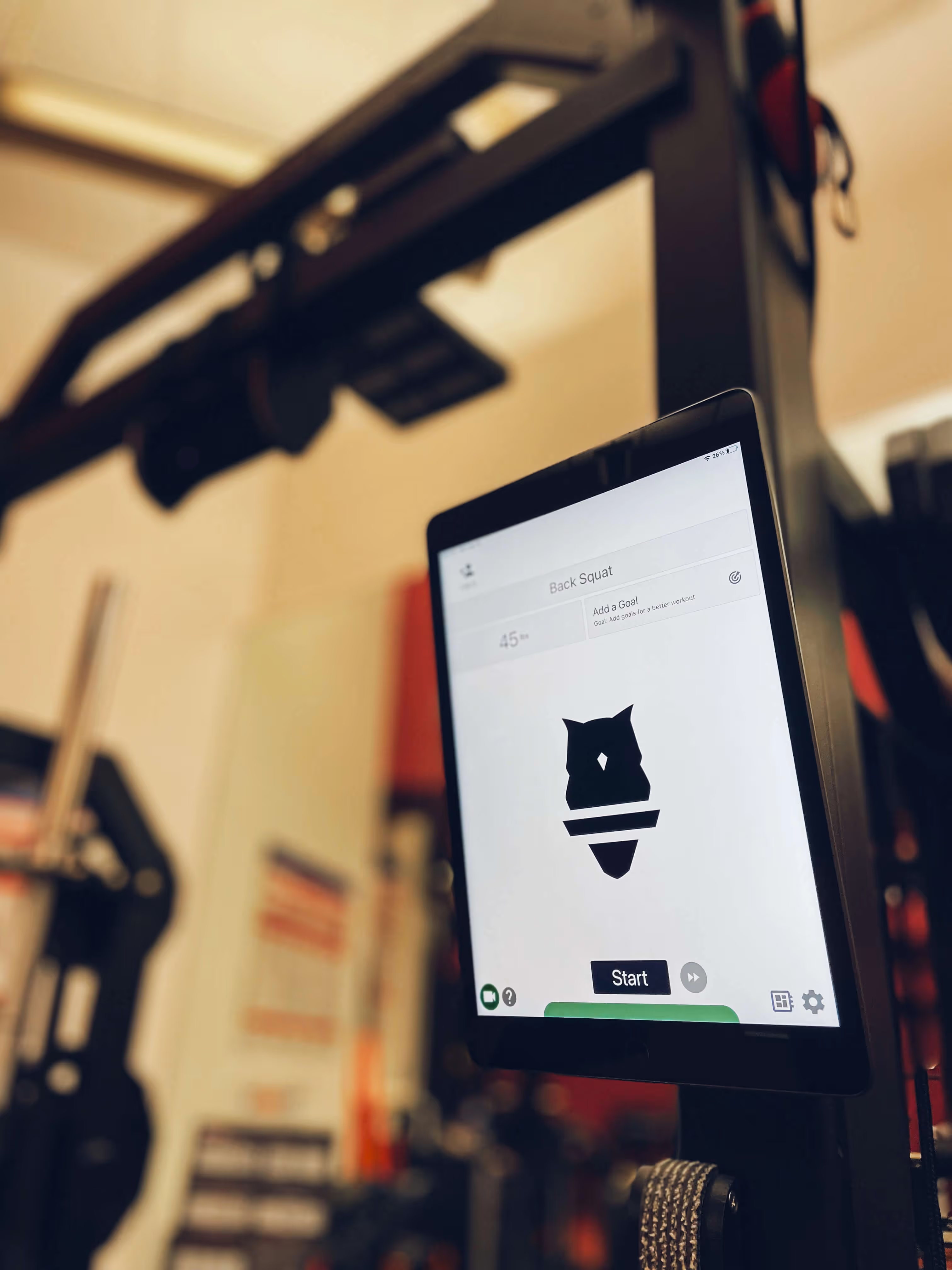








.avif)





